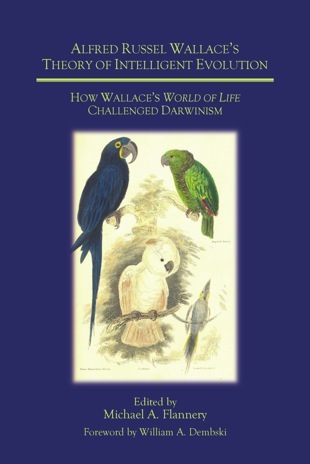On July 7, 2005 Cardinal Christoph Schönborn wrote an article Finding Design in Nature that seemed to level serious criticism at Darwinism and neo-Darwinism. “Now at the beginning of the 21st century, faced with scientific claims like neo-Darwinism and the multiverse hypothesis in cosmology invented to avoid the overwhelming evidence for purpose and design found in modern science,” wrote Schönborn, “the Catholic Church will again defend human reason by proclaiming that the immanent design evident in nature is real.” More recently the Cardinal has elaborated upon his position in his latest book Chance or Purpose: Creation, Evolution, and a Rational Faith (Ignatius Press, 2007). The work itself emanating as it does from such a well-positioned Catholic leader, one intimate with the Pope, is worthy of some extended comment.
Schönborn’s book is in some senses confusing. On the one hand the Viennese Cardinal has some harsh criticism for Darwinian evolution as a metaphysical worldview. On the other hand Schönborn takes the reader on a much murkier journey in which he appears to defend Darwin’s Origin as a “stroke of genius.” Freeing himself from the dogma of independent creations, Darwin developed a theory of natural selection and common descent that was, according to Schönborn, a product of “honest and intense intellectual struggle” (p. 53). The Cardinal essentially supports Darwin’s biological mechanisms as secondary causes, which “can thus perfectly well be reconciled with belief in creation. The natural causes,” he writes, “are an expression of the activity of creation” that occurs throughout all aspects of creation. Schönborn has a purpose in mind here, namely, to make a distinction between the so-called science of Darwin and the metaphysics of Darwinism in an effort to make Darwin’s biological theory implicitly compatible with theism. Here begins the Cardinal’s troubles. Read More ›



